After a long few months of closed borders and grounded flights, travelling abroad is becoming a reality. British nationals now have the go-ahead to travel freely to over 60 countries, making that last-minute summer getaway a welcome reality.
New ‘air bridges’ (for air travel), and ‘travel corridors’ (for land travel) allow free movement with no 14-day quarantine, both on arrival to the destination and on return to the UK. Granted some of the countries included are more practical for a summer getaway than others (yes, Greenland made it onto the list), but holiday big hitters like Italy and France have made the cut.
While it’s a healthy list, it worth noting that some countries (especially those further afield) have their own inbound tourist policies. The list of approved countries is also updated regularly, and places can be removed if Covid-19 cases increase.
Each approved country also has its own policy on wearing a face covering, social distancing and temperature checks, and a link to up to date resources can be found at the bottom of each suggested destination below. The UK GOV website also has the latest updates and advice on travelling abroad – (https://www.gov.uk/guidance/travel-advice-novel-coronavirus)
Ready for a summer 2020 getaway? We’ve picked our favourite ‘quarantine free’ European destinations below.
From the sun-soaked glamour of the French Riviera to Paris’ historic cobbled streets, France is a diverse destination which offers romantic charm and endless adventures in equal measures.
Hoping across the channel for a long weekend in France is an excellent option if you’re looking to avoid flying, but still want to enjoy a summer holiday abroad. As our closest neighbour (bar Ireland) getting to France is a doddle. Just jump on the Eurostar at London’s St Pancras International train station and it’ll whisk you into Paris’ Gard Du Nord station in just under 2hrs 30mins. If you want to take a car across the border, your best option is the Eurotunnel from Dover to Calais, which allows you to stay inside your car for the duration of the 30-minute journey (an excellent option if you want to minimise contact with other people).
Hotel, restaurants and popular tourist attractions are now open across France, as are public spaces (including beaches, parks and lakes). Our favourite French destinations include; Burgundy, for its medieval hilltop towns and gastronomic cuisine; the Cote D’Azur, for endless sandy beaches, bright turquoise sea and chic bars; and Provence for its vivid purple lavender fields.
Located in the Mediterranean Sea between Sicily and the North African coast, the archipelago of Malta has a fascinating history and some of the best scuba diving in Europe.
The country has an unusually large concentration of historic sites due to the sheer number of ruling influences across the past millennia, including Greeks, Romans, the French and most recently the British. Megalithic temples (some of the oldest in the world), Roman villas and Bronze Age Dolems can all be seen on the islands.
Easy Jet & Air Malta have now resumed direct flights from the UK into Luqua airport (a 20-minute drive from Valletta, Malta’s capital city). Tiny Valletta teeters on a 1km peninsular and is a designated UNESCO World Heritage Site.
Not to be missed are the picturesque neighbouring islands of Comino and Gozo – the former a nature reserve with a permanent population of just three people and the latter deemed one of the Mediterranean’s most revered scuba diving sites.
The small country has kept Coronavirus cases low, and as of the 19th July has just six active cases.
Throughout the past decade, Croatia has seen the biggest tourism surge of all European destinations. Thankfully its dramatic mountains, deserted islands (over 1100 in total) and glassy blue waters still feel relatively untouched. For travel in summer 2020, the Croatian government has emphasised that the county is keen to welcome tourists with most restaurants, hotels, bars and sailing clubs now open.
Dubrovnik, Split and Zagreb (the capital city) are among Croatia’s most popular tourist destinations, and for good reason too. They offer an excellent mix of history, culture and unique architecture (baroque, gothic and renaissance can all be seen). Outside of its cities, Croatia is gaining a reputation as the ultimate destination for those looking for an adrenaline-packed adventure. Cycle through the lush fields and rolling vineyards of Konavle Valley (known as the ‘Tuscany of Croatia’), sail around the Elaphiti Islands (a small archipelago consisting of several islands stretching northwest of Dubrovnik) or tackle the world-class mountain biking trails in Lošinj.
If you’re after beaches and a slower pace, then head to isolated Susak, a tiny island with sandy shores, a small harbour and not much else. The islands of Hvar and Brač are also good options if you fancy a laidback beach holiday.
Road trips through the rolling hills of Tuscany, cities bursting with art and ancient history, the craggy cliffs of the Amalfi Coast, and the laidback vibes of Lake Como – there is just so much to love about Italy. The country has bounced back from Covid-19 remarkably well and is now fully open to tourists. Hotels, restaurants and tourist attractions have already reopened their doors, though expect additional safety precautions.
Most first time visitors make a beeline for Rome, an ancient city of breath taking crumbling ruins, opulent piazzas and towering basilicas. The romantic city of Florence is another must-see, especially for art and culture fans (the Uffizi gallery is one of the best in the world). Both Rome and Florence are often heaving with tourists, but summer 2020 is a great time to beat the usual crowds and enjoy the sites without jostling with other visitors.
Though most galleries and attractions are open, many have strict entry policies to ensure social distancing. Check individual websites before you travel to check opening times and ensure you book tickets if needed.
If you don’t fancy exploring a big city, then heading north to the Italian Lakes is a great option. The largest is Lake Como (after Lake Garda and Lake Maggiore) an area known for its laidback luxury and some of Italy’s most stunning scenery thanks to its position at the foot of the alps.
Denmark has managed to keep its infection rate extremely low, so it’s no surprise that it’s included on the quarantine free list. It might not be the first destination which comes to mind for a summer holiday, but the capital city of Copenhagen makes for a charming escape. Lovers of Danish design and minimalism will lap up the city’s Scandi cool vibes. Expect understated fashion, Michelin starred cuisine and lots of bikes (cycling is the best and most popular way to explore the city).
The National Museum of Denmark is the country’s largest art museum and is well worth a visit – its permanent exhibition of Nordic and Danish art is particularly impressive. If you’re after an adrenaline rush, head to the Tivoli Gardens, an amusement park in the centre of Copenhagen which dates back to the 1800s. Serious foodies should book a table at sustainability-focused Amass (https://amassrestaurant.com/food), it’s set menus use produce grown locally and almost everything is organic.
As of the 21st July 2020 Denmark requires that tourists from approved countries show documentation of a valid booking for a minimum of six days on entry.
If months of staying inside during lockdown have got you dreaming of fresh mountain air and reconnecting with the great outdoors, it’s time to start planning a trip to Switzerland. Watches, chocolate and banking might pop into your head when thinking of Switzerland, but one of its biggest draws is its landscape (the towering peaks of the Swiss Alps are a mighty show of nature’s raw beauty). The Alpine region is extremely popular for winter sports fanatics, but summer shouldn’t be overlooked. Once the snow recedes, lush greenery and wildflowers swathe the mountainside, and hikers and mountain biking enthusiasts relish their time on the slopes.
The Jungfrau region is a good starting point for those looking to explore the Swiss Alps, it incorporates the towns of Grindelwald and Interlaken where you’ll find hotels, restaurants and other tourist amenities (most are now open but book ahead). The Alpine region of Arosa is also worth checking out for its luxurious Tschuggen Grand Hotel and exceptional hiking routes.
Excellent hotels can be found across the country, and many have world-class spa and wellness facilities – the Swiss take their health and wellbeing seriously.


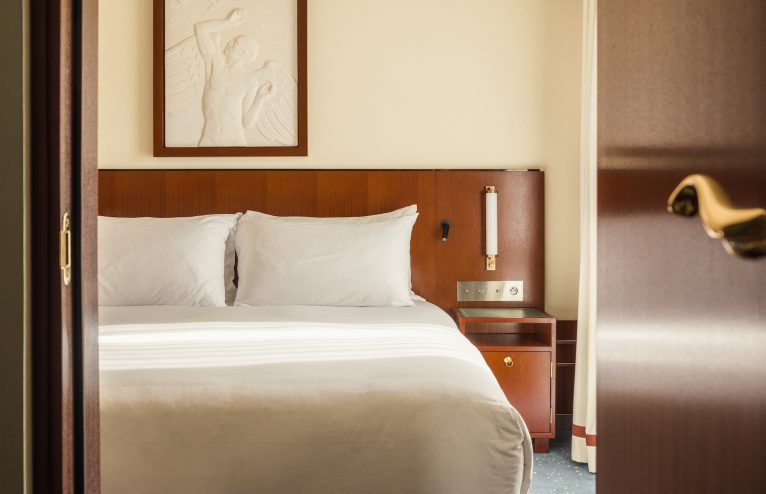
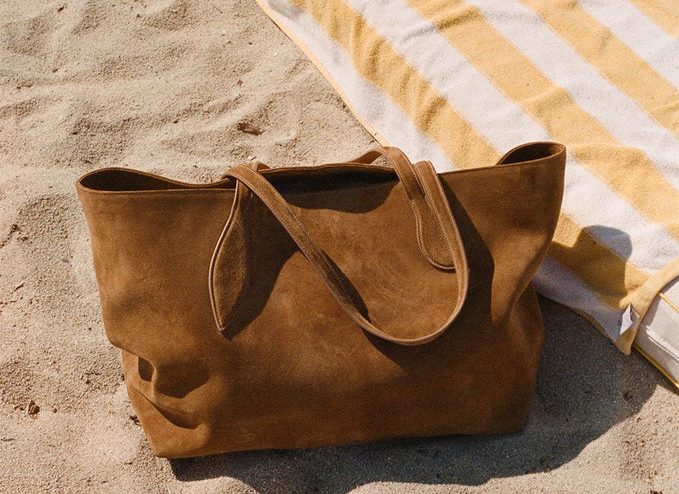


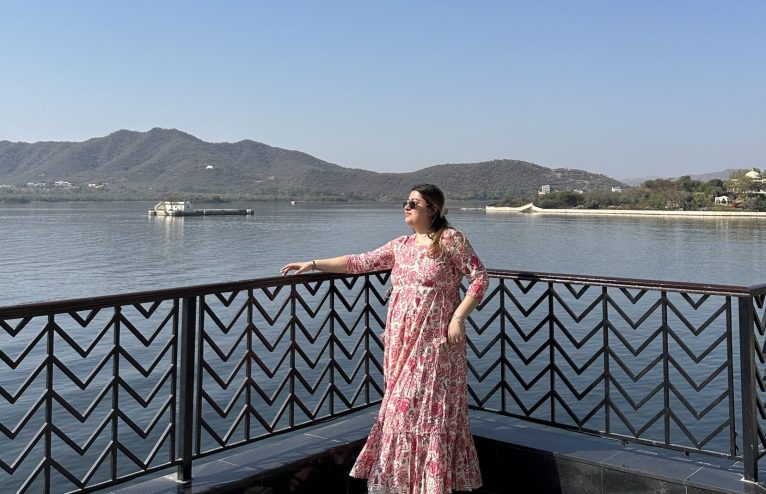

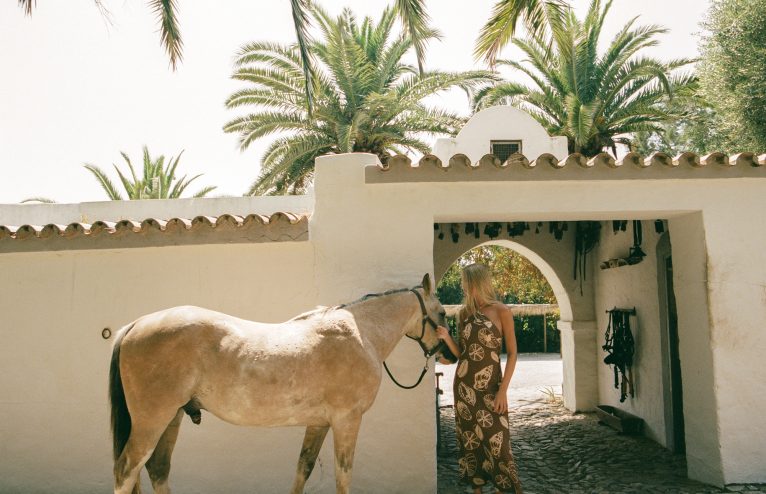

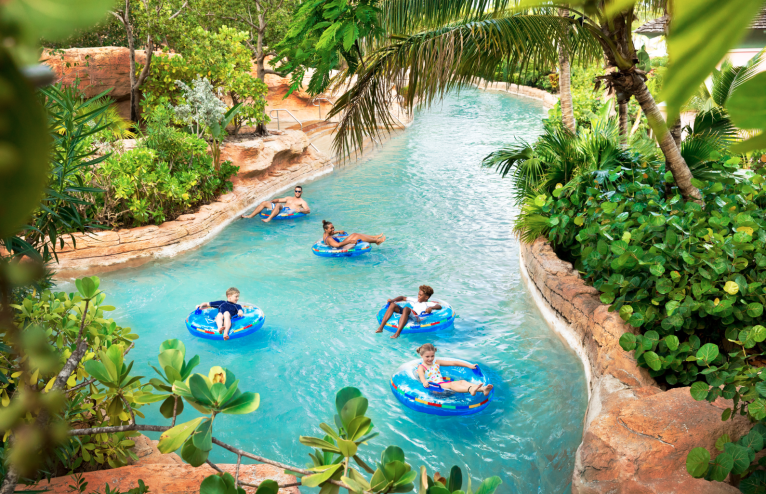





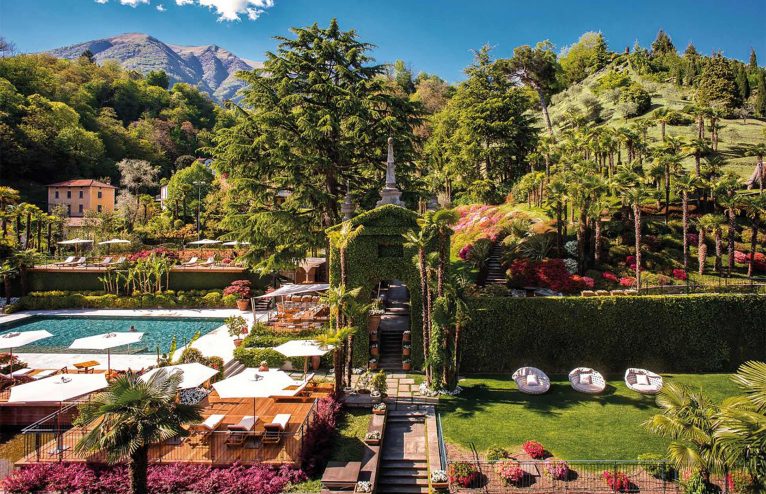

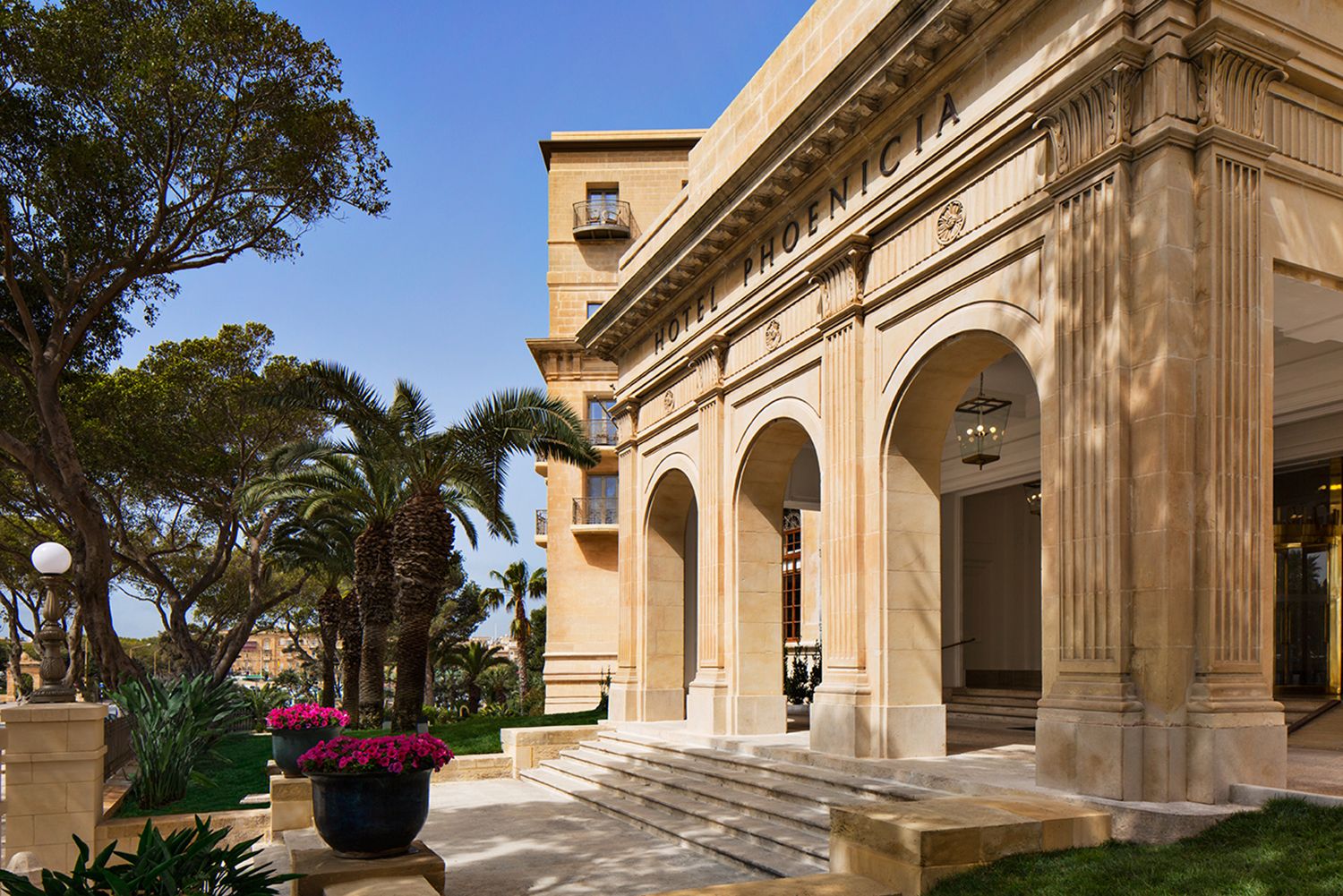

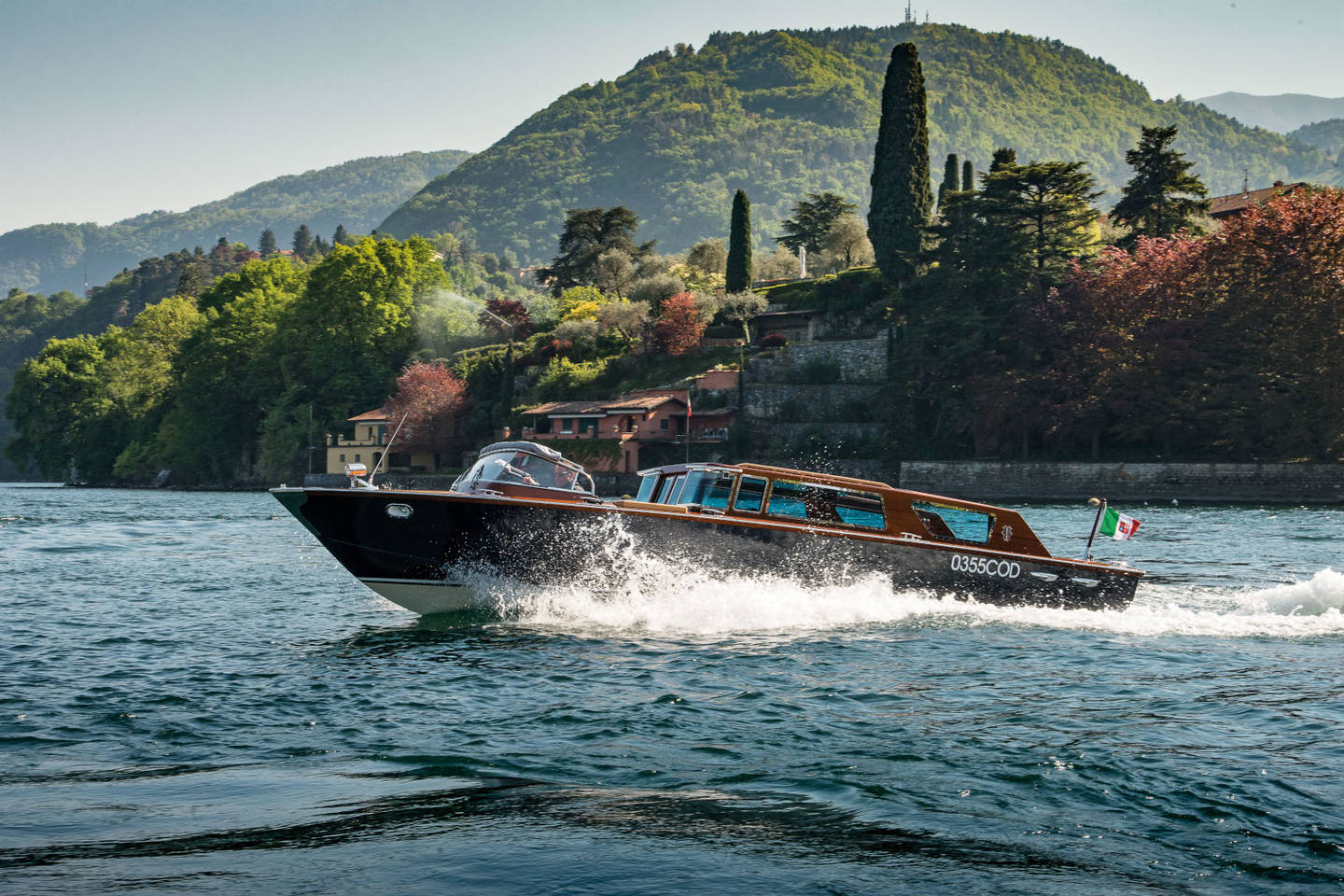

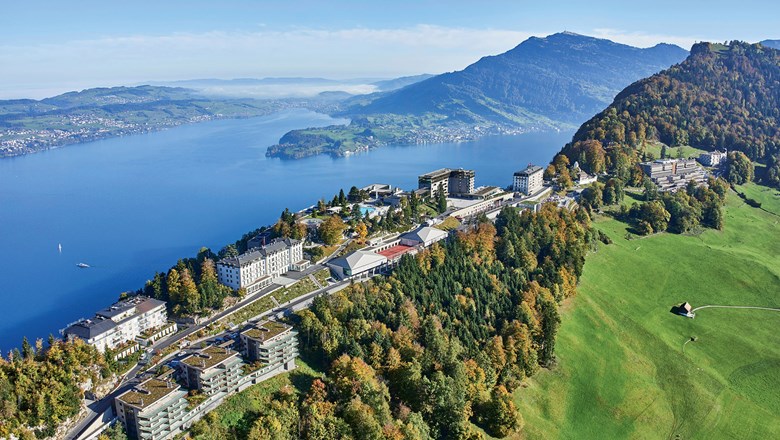




Any Questions or Tips to add?